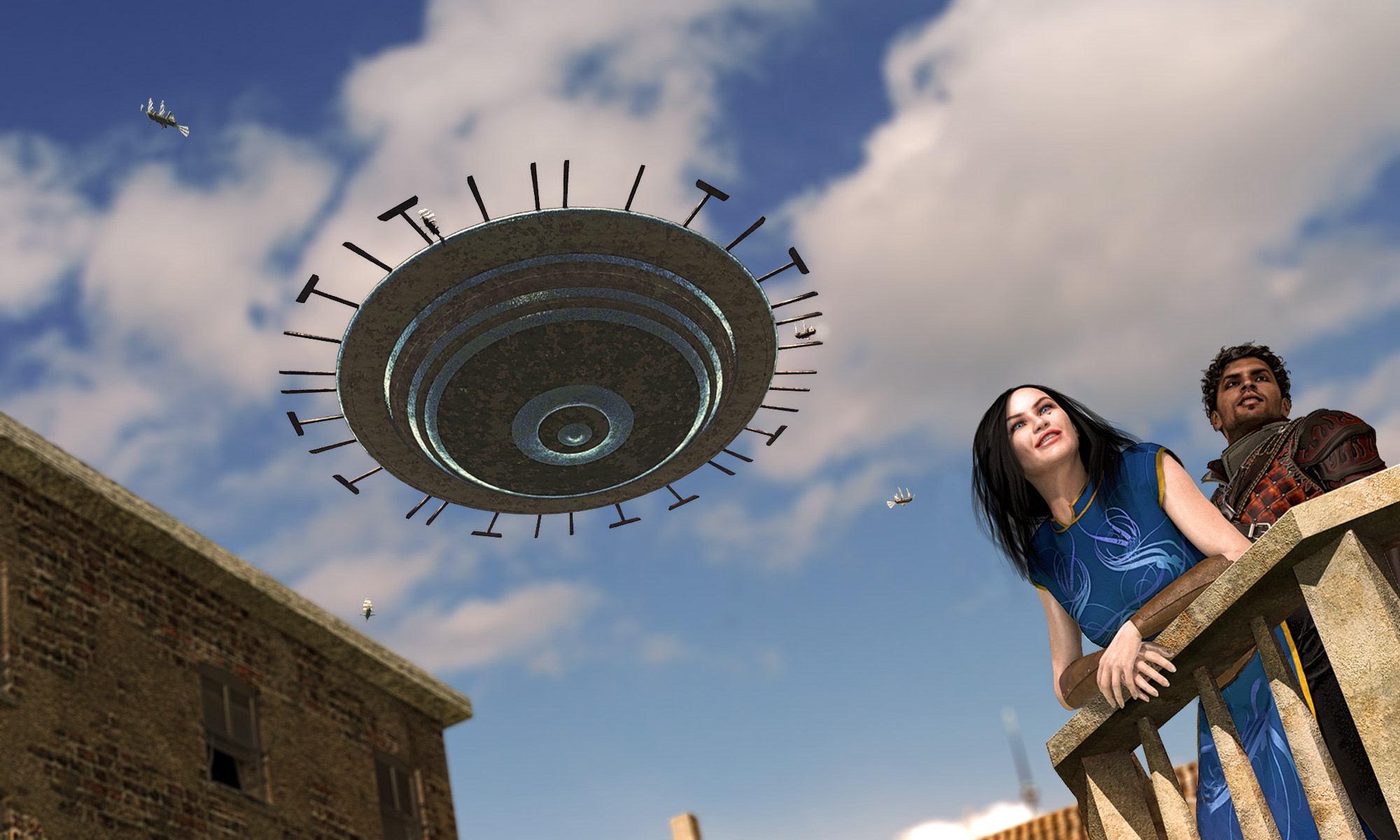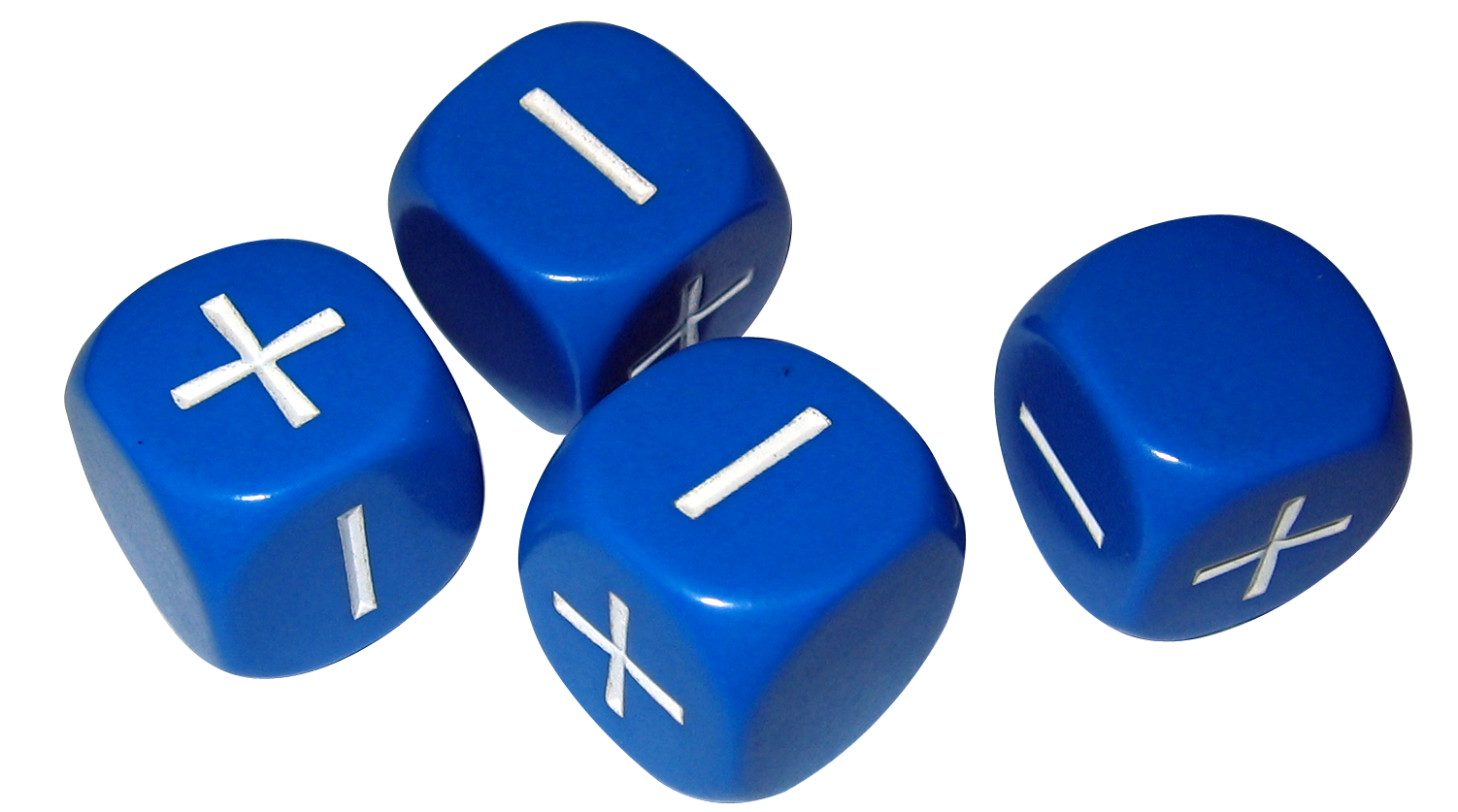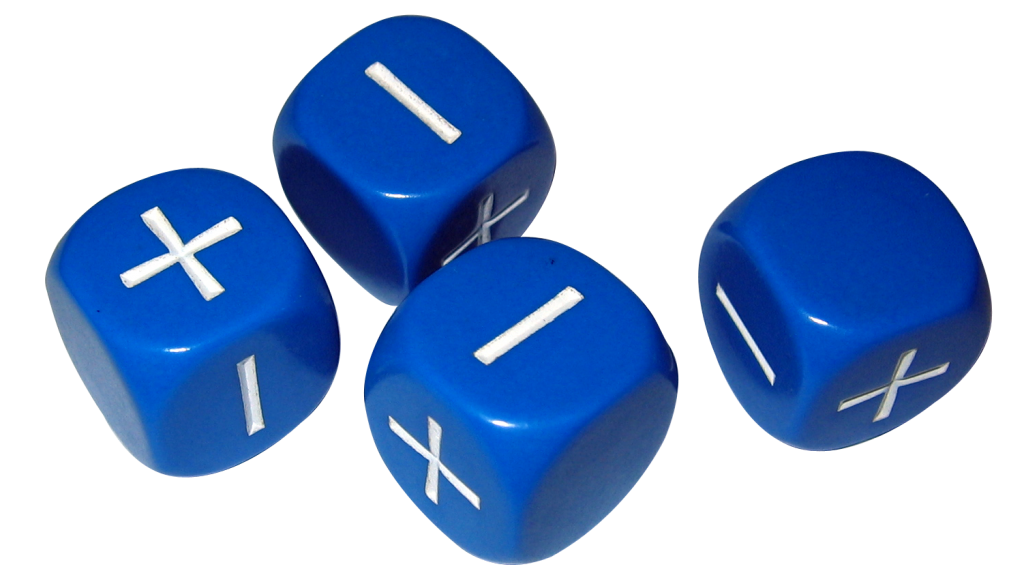
One of my frustrations to completing ongoing projects is that I tend to jump from one work product to another. I started on my “Channeling Chronicles” but got distracted into BASiL Mentalism and then I started reworking BASiL Essence. The positive news is that I continue to create content, but I would rather finish one off, post it up and then move on to the next rather than having 5 projects going all partially complete and moving slowly. I had asked Terry about this when I did my interview with him; I wanted to get a sense for his work flow, motivation and even writers block but we didn’t dive too deep into it. From his own public comments he seemed to have a patchwork approach to his own projects: he was working on Wurilis, moved to Emer IV, stopped to do Green Gryphon Inn, etc.
Anyway, while revamping BASiL (I think I’m going to put up final, revised versions on DTRPG in d100 format) I wanted to formalize some spell casting structures that were still a little loose in all versions of Spell Laws: Power Analysis and Delayed Casting.
Power Analysis.
Broadly speaking, I’m referring to a number of spell abilities that allow casters (or “sensitives”) to interpret power and spells. This could include detecting and visualizing the “Essaence”, Auras, Power Perception, Colors of Magic, and various “Analyze” or “Detect” Spells found in Spell Law or BASiL (Power Analysis).
RM has 3 different mechanisms that can impart information about spells or power:
- Passive w/ no latent ability. By allowing spellcasting emanations to be colored by Realm/aspect anyone watching a caster will be able to determine some information about the spell and/or the caster. This allows anyone, even without casting ability or magic skills to visually learn information from someone casting.
- Inherent Ability. Some races have or could have the ability to see, feel or detect the Essaence. (Lords of Essaence, some magical creatures, some high Elves?)
- Active Spell Ability. All the realms have Detection or Delving spells that can be used to detect the presence of power, or determine the spells effects, level, source or creation.
Like much of RM and Spell Law, it’s a bit of a hodgepodge without any underlying logical framework. Fine. I think that all works, but there is a side to this that hasn’t been fully explored: Caster Signatures. I see this as similar to the Mentalism spells around “Mind Typing”. Basically, every caster leaves a signature, their own flair or style to their casting, that can be detected, stored and analyzed. Much like a fingerprint. So higher level spells like “Spell Analysis” doesn’t automatically provide who the caster is unless the analyzing caster has encountered the target caster’s work before, has “typed” it and the target caster hasn’t hid their spell signature in any way.
This doesn’t add much for real mechanics to Spell Law, but provides a playing dynamic that can add depth to the game. Yes, new spells would include “Spell Typing” or “Store/Recall Spell Signature” and there is a need for counter spells “Hide Signature”, “Distort Signature” or even “Counterfeit Signature” that would utilize another spellcasters casting style. This also adds a clear mechanism for “Evil” casters to hide behind a facade–like Priests Arnak. Currently they are provided this cover with a simple handwave–they all possess a magic ring that hides their evil nature. Bah.
Delayed Casting.
There are a number of “Delayed” spells: Runes, Wards, Symbols, Glyphs, Store Spell and Trigger Spell. Again, I feel it’s a confusing bunch, some of which have individual mechanics that feels more like AD&D then Rolemaster. They are all just slight variations on the same idea: Delaying a spell effect until some variable is met. In BASiL these types of spells are grouped into a different “Realm” due to their similarity and the idea that their casting mechanics, use, rules are VERY different than traditional Essence/Mentalism/Channeling spellcasting. Even moving them into another realm is still confusing. What’s the difference between a Rune and Weapon Rune? Is a Glyph different than a Sigil? How/Why?
Sometimes it’s easier to create a new mental model that acts as a bedrock foundation for spell lists, powers and mechanics. I’m working now on a concept of “Shells” or “Cocoons” to represent this concept. Does it really change anything or does it just help to unify all of these types of inscribed magics? The basic spell concept is the creation of a vessel (shell or cocoon or any other name, culturally or professional) that wraps around another spell and holds it inactive. At lower levels that spell vessel may be visible, may need to be “attached” or anchored (like a rune or symbol) or at high levels float in the air (like a Glyph or Sigil). They can be triggered by simple to complex stimuli and it’s the wrap itself that holds the spell for X time–with that duration growing in spell level. Basically a Spell Bomb Shell.
With “Spell Shells” (say that 3 times fast) you can separate the soft mechanics of Imbedding, Storing and Delaying/Triggered. Right now there is some cross pollination that confuses the situation.
One other possible benefit is that it puts delayed spells back in the normal casting framework, you can stylize it to fit the peculiarities of each realm and you don’t need to have Glyphs, Runes or Symbols with any particular power, it’s the wrapped spell that provides the effect.
Alternatively, it can be just another spell list that adds variety, complexity to BASiL, either as a open or closed list.
Just a few thoughts as a modify, edit and expand upon BASiL. What’s new with you?


